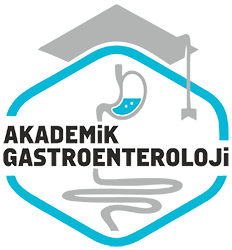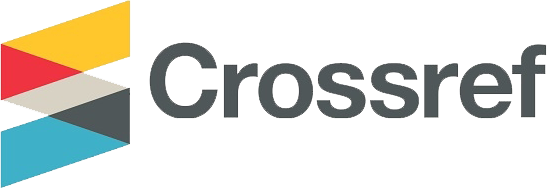Deneysel akut pankreatit modelinde kontrast madde etkisi
Effect of contrast agents in the experimental model of acute pancreatitis
Ege Üniversitesi Tıp Fakültesi, Genel Cerrahi Anabilim Dalı4, Patoloji Anabilim Dalı5, İzmir
Özet
Giriş ve amaç: Kontrastlı bilgisayarlı tomografi (BT) akut pankreatitte nekrozu saptama amacıyla kullanılan incelemeler arasında hala "altın standart" olarak kabul edilmektedir. Literatürde, kontrast maddenin akut pankreatit üzerine etkisi konusunda çelişkili bilgiler mevcuttur. Bazı yazarlar kontrast maddenin akut pankreatiti şiddetlendirdiğini iddia ederken bazı çalışmalarda da hiçbir etkisi olmadığı söylenmektedir. Bu deneysel çalışmada kontrast maddelerin akut pankreatit seyrine doz bağımlı etkisi incelenmiştir. Gereç ve yöntem: Bu amaçla 42 Wistar sıçan (ortalama ağırlık 250gr) 6 gruba bölünmüştür. Sıçanlar önce 6-8 saat aç bı- rakılmış, daha sonra da 100 mcgr serulein peritoneal olarak enjekte edilmiştir. Bu enjeksiyondan 12 saat sonra IV olarak non-iyonik kontrast madde veya serum fizyolojik (SF) verilmiştir. Grup 1 ve 3’teki sıçanlara sadece SF verilirken, 2, 4, 5 ve 6. gruptaki sıçanlar sırasıyla 2 ml/kg, 1 ml/kg, 1.5 ml/kg ve 2 ml/kg kontrast madde almıştır. 12 saat sonra tüm sıçanlara eter anestezisi verilerek periferik kan ve pankreas doku örnekleri alınmıştır. Kanda amilaz düzeyleri, doku örneklerinde ise interstisyel inflamasyon, peripankreatik nekroz ve asiner hücre nekrozu ile vakuolizasyon numerik olarak kaydedilmiştir. Bulgular: Ortalama serum amilaz düzeyleri Grup 1-6’da sırasıyla 139.28, 125.57, 1500.28, 2050.57, 1885.28 ve 2031.14 (IU/ml) olarak ölçülmüştür. Grup 3-6 pankreatit grupları olup sonuçlar Grup 1 ve 2’den istatistik olarak da farklıdır. İnterstisyel inflamasyon oranı, asiner hücre vakuolizasyonu ve nekroz oranları Grup 5 ve 6 da diğer tüm gruplardan farklıdır. Sonuç: Kontrast maddenin pankreatik dokuda 1 ml/kg dozda bir zararlı etkisi olmadığı, ancak 1.5 ve 2 ml/kg dozlarda, akut pankreatitin olumsuz olarak etkilendiği düşünülmüştür.
Abstract
Background/aim: CT (computed tomography) is still the gold standard for determining necrosis in acute pancreatitis radiologic work-up. But there is no consensus about the use of contrast agents, as to whether or not they affect progression of the course. In this experimental study, we investigated the course of acute pancreatitis with the use of contrast agents. Materials and methods: Forty-two Wistar rats with a mean weight of 250 g were divided into six groups. 100 μg cerulein was administered intraperitoneally after 6-8 hours of starvation. Intravenous SF of contrast agent was administered after 12 hours. Groups 1 and 3 had SF and Groups 2, 4, 5 and 6 had non-ionic contrast agent (2 ml/kg, 1 ml/kg, 1.5 ml/kg and 2 ml/kg, respectively). After 12 hours all rats were sacrificed to obtain blood samples and pancreatic tissue. Blood amylase levels were determined, and pancreatic tissue was evaluated for interstitial inflammation, peripancreatic necrosis, necrosis in acinar cells and vacuolization. Results: Mean blood amylase levels were 139.28 IU/ml for group 1, 125.57 IU/ml for group 2, 1500.28 IU/ml for group 3, 2050.57 IU/ml for group 4, 1885.28 IU/ml for group 5 and 2031.14 IU/ml for group 6. Groups 3-6 were statistically different from groups 1 and 2. Interstitial inflammation, peripancreatic necrosis, necrosis in acinar cells and vacuolization were all elevated in groups 5 and 6 with high volume contrast agent, when compared with the other four groups. Conclusion: contrast agents affected pancreatitis in groups with a dosage of 1.5 and 2 ml/kg, but no adverse effect was seen with 1 ml/kg dosage.



